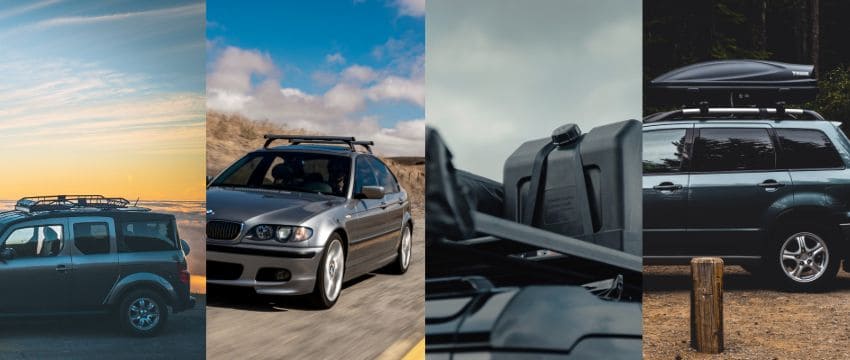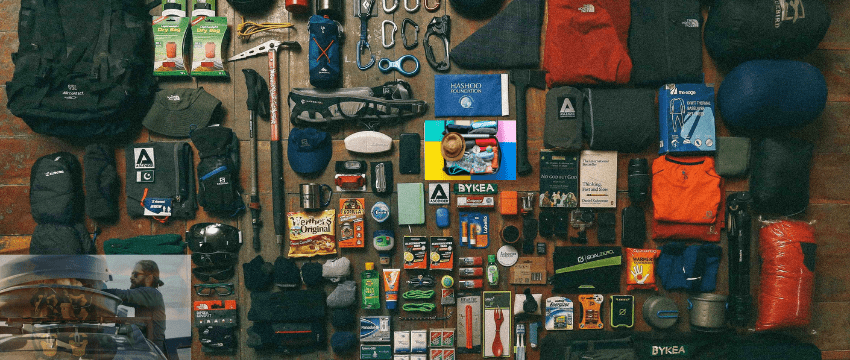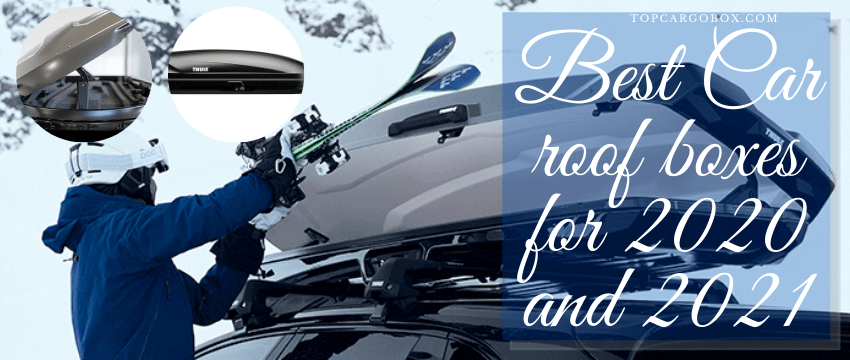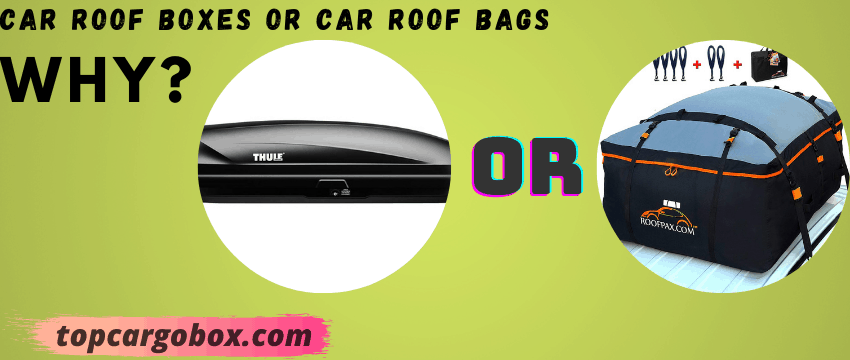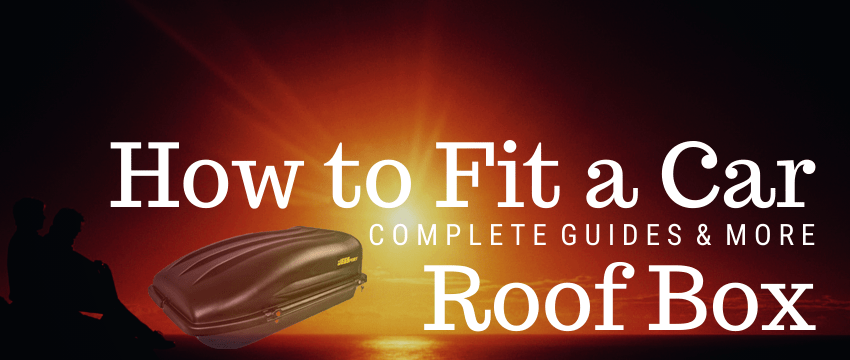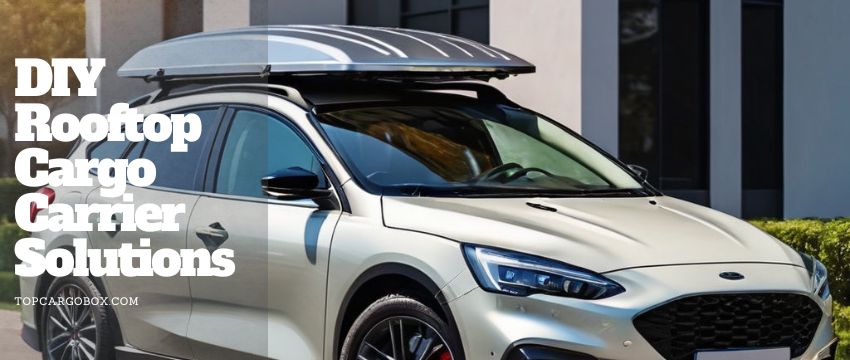The summer is coming. You should prepare for a road trip with car roof racks and enjoy the beauty of nature. However, if you want to set up a camping place in the wild, you must have enough equipment and tools to build a temporary home.
Before driving out for a road journey, it is better to check your vehicle with these tips and ensure you take the necessary belongings; however, you should use roof racks if your car does not have enough trunk space for carrying all the luggage you need out there. It is the most common reason why using rooftop cargo carriers on vehicles.
Roof racks are not the only solution for carrying more stuff with a car, but you can find hitch-mounted cargo carriers and tow more things at the rear of a vehicle.
Are you interested in getting roof racks for your vehicle? If you are, you should follow this article to learn DOs and DONTs for securely using roof racks like a pro. With these tips, you can have enough knowledge to operate rooftop luggage carriers for more memorable road trip experiences.
Roof racks are not universal to all vehicles, so you should contact the local dealer to consult the compatibility and order roof rack accessories for specific vehicle models.

TYPES OF ROOF RACKS
When building a rooftop cargo system, you must know how to combine these roof rack accessories to get a multi-functional cargo carrier for carrying different stuff on the car roof.
Roof Rails:
Two horizontal rails run from the front to the back of a car. Some vehicles have different roof types: naked roof, raised rails, flush rails, or fixed points. Consequently, you must confirm your car’s roof style and choose the compatible crossbars that fit your vehicle’s roof rails.
Roof Crossbars:
After knowing what type of car roof your vehicle has, you can find a pair of fitting crossbars that can mount and lock on your car’s roof rails for holding other rooftop carriers like cargo boxes, baskets, bags, watercraft carriers, ski carriers, or a rooftop tent.
Cargo Baskets:
Most roof cargo baskets mount on crossbars and create a metal framework without a lid or cover, and they are perfect for carrying waterproof stuff like gas tanks, spare tires, fishing rods, canoes, or a waterproof cargo bag. You can follow a buyer guide to find s rooftop cargo basket for your cargo management system.
Roof Cargo Boxes:
These roof cargo boxes are the most secure cargo carriers because they have lids and locks to protect your belongings from natural elements on the roads. If you have a tight budget, you can find a list of affordable roof boxes in a buying guide.
Cargo Bags:
Soft cargo bags are cheaper than most rooftop cargo carriers and foldable for easy keeping when they are not in use. We have a list of the most popular soft roof bags for your consideration. When shopping for a rooftop cargo carrier, you should compare these options and find the most suitable one for your outdoor lifestyle. For example, you can follow articles to discover the differences between soft rooftop cargo bags and hardshell roof boxes or hardshell cargo boxes and cargo baskets.
Rooftop Bike Racks:
After having compatible crossbars above the car roof, you can use rooftop bike carriers to deliver bicycles between favorite bike hiking places.
Ski or Snowboards Carriers:
These ski carriers are for carrying skis or snowboards only. Some outdoor lovers use roof cargo boxes to transport winter sporting gear.
Kayak, Canoe, or Watercrafts Carriers:
These carriers mount on roof bars with protective rubber seats for holding watercraft above the car roof.
Carefully Reading the User Manuals
When adding rooftop carriers for your vehicle, you should read the instruction brochure several times to ensure you understand how to effectively use and accurately install the rooftop cargo carriers on the car roof. Most manufacturers provide detailed information about their products, even before buying actions, to their customers. Thus, you can help yourself to gain enough helpful knowledge before getting specific roof rack accessories for your vehicle with a clear understanding of compatibility, installation, and operation.
Reading the car manual is also required before getting roof racks for your vehicle because you need to know the weight limit your car’s roof can hold. We have an article that gives you a clear understanding of finding car roof loading limits for a specific car model and tells you the differences between dynamic roof holding limits and static roof loading rates.
Remove Roof Racks When You Don’t Need Them
Most roof racks are removable with simple steps, so you better remove them from your car when you don’t use them. After removing roof racks, you can follow some tips to keep them in the garage and offer maintenance for future better use. Rooftop carriers affect your vehicle’s performance and cause wind noise and extra gas mileage, so it is a good idea to disassemble roof racks when they are not in use. We have an article about tips for people who want to store their rooftop cargo boxes in the garage with proper protection.
Don’t Forget the Added Height
Roof racks create additional height above the car roof, and the raised gravity center may affect your driving and cause unexpected incidents when entering places with height clearance. SUV owners should pay more attention to the new height of their vehicles after adding roof racks.
Watch your Speed
You cannot drive as fast as usual with rooftop cargo carriers, especially when the rooftop carriers are fully loaded, because of the changed gravity center and the extra weight on the car roof. When turning or braking the car, you should use large angles and slow braking to avoid unexpected accidents. If you want to know the exact speed limit when driving with roof racks, you can follow these articles to find the speed limits for driving with roof boxes or bike racks.
Installation
All roof rack accessories have mounting components, and you can use a torque wheel or screw handler to tighten and lock the roof racks to the car roof or on the crossbars. When operating mounting hardware, you should be gentle; otherwise, you can apply some lubrication oil or powder on the mounting components for smooth installation.
You better use lubrication powder on the lock core to make the locking system live a longer lifecycle. Most rooftop cargo carriers have a locking mechanism, so you better prepare some lubrication oil or powder in the car trunk.
Straps
You can prepare sturdy straps in your car when traveling with rooftop carriers. Straps are necessary when packing things on roof racks or into a rooftop cargo carrier, and you can use extra straps to increase the immobility of your belongings. Sometimes, extra straps can enhance the roof racks’ installation and offer better security on a road trip.
Two Person Job
Roof racks do not come with your car but are sold separately as car accessories from car dealers or third-party sellers. When mounting roof racks to your vehicle, you better invite someone else to help for better accuracy and security. We found a list of accessories to maximize the convenience of using car rooftop carriers in different outdoor environments. When loading, unloading, or disassembling roof racks, you should ask someone else for assistance for convenience.
Do Not Overload
You cannot exceed the weight limit of your car roof, whatever type of roof racks you use; otherwise, you should also follow the carriers’ loading capacity to pack things. Overloading roof racks can make your car harder to operate, especially when turning or braking; thus, you should know this and protect your family or friends from risks.
What you cannot load on roof racks?
When using roof racks to deliver stuff, you cannot load these elements: people, animals, explosive liquid, chemical elements, or large pieces of metal, wood, or bricks.
You don’t use roof racks to deliver expensive electrical devices.
More you should check about roof racks:
Do you know if roof racks can damage your car or not? You can follow a guide to read opinions from experts.
Before building a rooftop cargo management system for your vehicle, you should understand the relationship between roof rails, rooftop racks, and crossbars. After getting accurate knowledge, you can confidently choose the most suitable items for adding rooftop carriers to your car.
You better check another article to know what you can do with roof racks and have knowledge about how correctly use roof racks for different outdoor journeys.
If you are new to roof racks, you may have a question about should or should not put roof racks on your car. You can follow an article to find the pros and cons of having roof racks and compare these tips to make better choices.
Conclusion
This article gives you some general ideas about roof racks. You can keep these ideas in mind because most experts have the same opinions as you see above. With this knowledge, you will become more confident when choosing compatible roof racks that work with your vehicles.
Our team is creating outdoor-gear relevant articles with passion. If our articles can help you to find the correct solutions for your questions, we will be happy about that. In the content creation process, we usually collect accurate and useful information online or offline to compile our content in an organized way. Consequently, we can guarantee that you can discover some expected answers to your questions. We appreciate your time on our site.

